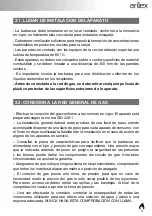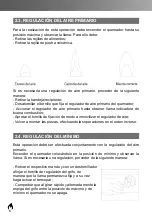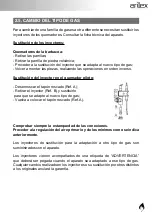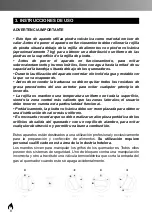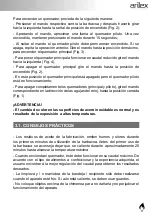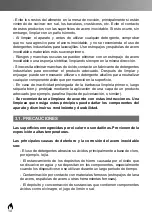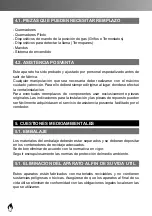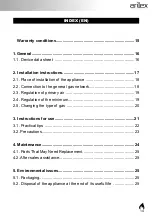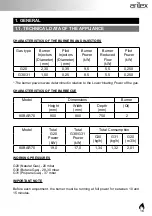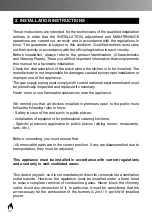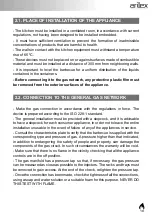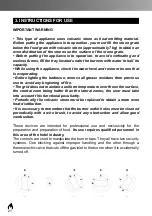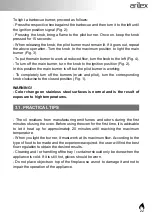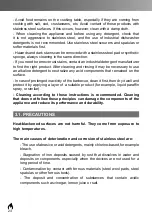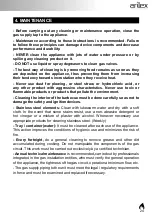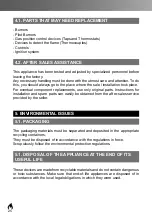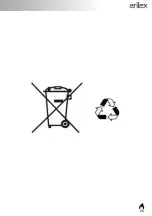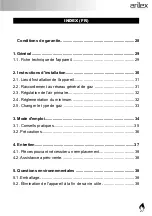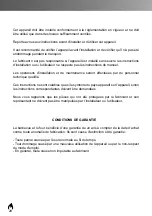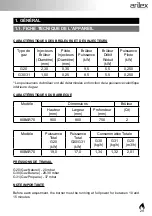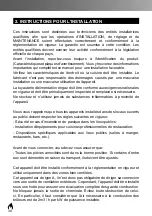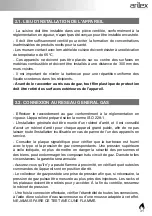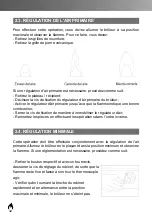
18
2.1. PLACE OF INSTALLATION OF THE APPLIANCE
- The kitchen must be installed in a ventilated room, in accordance with current
regulations, not having been designed to be installed embedded.
- It must have sufficient ventilation to prevent the formation of inadmissible
concentrations of products that are harmful to health.
- The walls in contact with the kitchen equipment must withstand a temperature
rise of 65 ºC.
- These devices must not be placed on or against surfaces made of combustible
material and must be installed at a distance of 300 mm from neighboring walls.
- It is important to level the barbecue for a uniform distribution of the liquids
contained in the containers.
- Before connecting it to the gas network, any protective plastic film must
be removed from the exterior surfaces of the appliance.
2.2. CONNECTION TO THE GENERAL GAS NETWORK
- Make the gas connection in accordance with the regulations in force. The
device is prepared according to the ISO 228-1 standard.
- The general installation must be provided with a stopcock, and it is advisable
to have a stopcock for each consumer appliance, in order not to leave the entire
installation unusable in the event of failure of any of the appliances in service.
- Consult the characteristics plate to verify that the barbecue is supplied with the
corresponding type and pressure of gas. A pressure higher than that indicated,
in addition to endangering the safety of people and property, can damage the
components of the gas circuit. In such circumstances the warranty will be void.
- Make sure that there is no flame in the vicinity, checking that all the appliance
controls are in the off position.
- The gas manifold has a pressure tap so that, if necessary, the gas pressure
can be measured as close as possible to the injectors. The racks and trays must
be removed to gain access. At the end of the check, retighten the pressure tap.
- Once the connection has been made, check the tightness of all the connections,
using a soap and water solution or a suitable foam for this purpose. NEVER DO
THIS TEST WITH FLAME.

